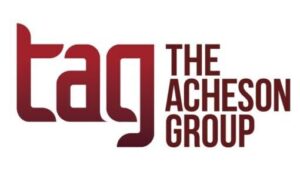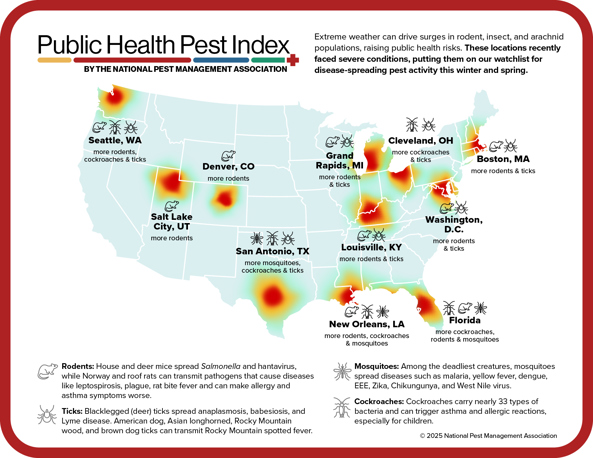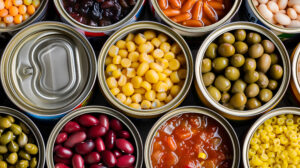Irregular winter weather patterns, extreme weather swings, and the overall global climate change are causing a surge of disease-carrying insects in many areas of the U.S. this year. Not only are pests such as mosquitoes and ticks arriving earlier and in greater numbers, the influx is being seen farther north than in the past.
As depicted in the 2025 Public Health Pest Index from the National Pest Management Association (NPMA), 10 US cities are expected to be “hot” sites for increased activity: Boston, Cleveland, Denver, Grand Rapids, Louisville, New Orleans, Salt Lake City, San Antonio, Seattle, and Washington D.C. NPMA publishes the index bi-annually to raise awareness about the health threats pests pose nationwide, and indicate the U.S. cities most at risk for seeing a surge in disease-spreading pests. In addition to the 10 cities, the state of Florida is called out as having such high potential, NPMA has issued a “statewide warning” for the state. That warning is backed by a report from the Florida Department of Health, which advises residents to “prepare for a surge this spring as rising temperatures and humidity create ideal breeding conditions.”
Both mosquitoes and ticks carry numerous diseases, as detailed in TAG’s Mosquito-borne disease and Tick-borne disease fact sheets. The best protection against both is prevention. Wearing long sleeves and long pants when in areas where, and times of day when, the insects are most active; using a safe and effective tick repellent (up to 30% DEET-base); inspecting your body for and removing any ticks promptly; and ensuring window and door screens are intact.
In addition to mosquitoes and ticks, the report forecasts an increase in rodents and cockroaches in many areas, which can be a significant hazard in food businesses, primarily in their ability to contaminate foods with bacteria such as Salmonella, Listeria, etc. Again, prevention is the greatest protection, with inspection, exclusion, and control all critical for ensuring against food contamination and consumer illness.
COVID Risk Matrix:

Influenza:
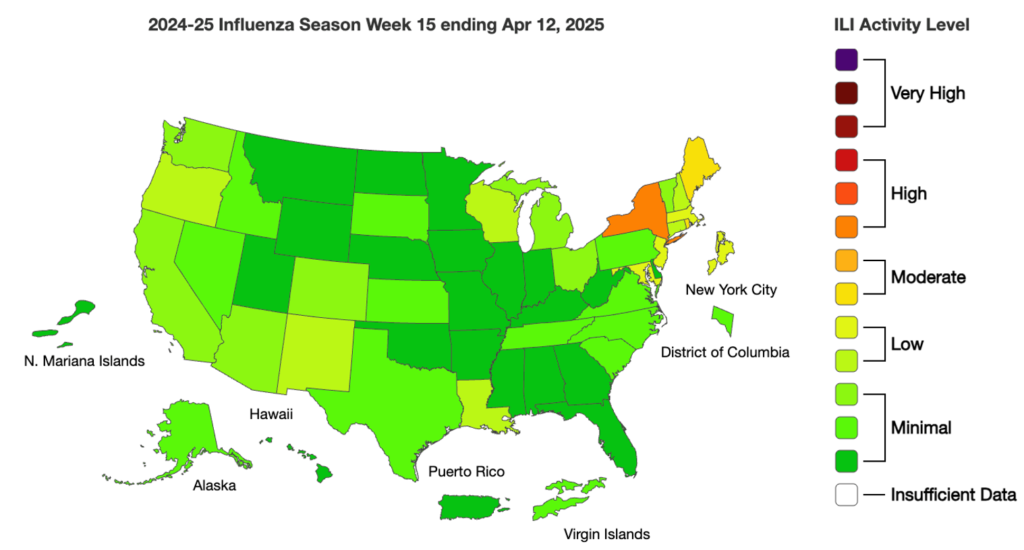
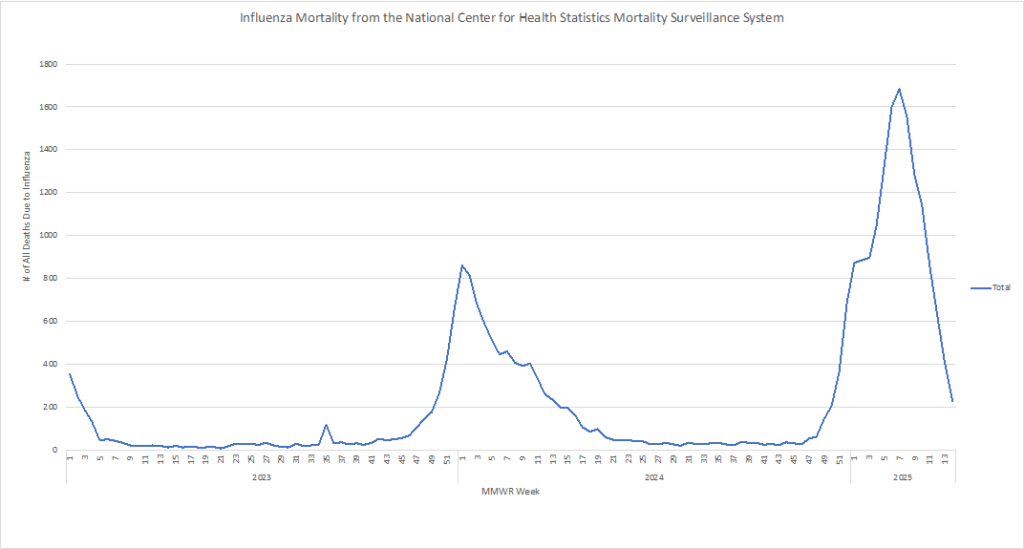
Infectious Disease News:
- Public health officials are worried that the loss of CDC resources aimed at Hepatitis disease tracking, including lab analysis of human specimens, will likely result in an overall lack of knowledge about the extent of Hepatitis in the US and prevent source tracking and outbreak response.
- Officials in Morocco remind citizens of the risks of TB from raw milk consumption. They estimate that 10% of cases may be transmitted through direct animal contact or consumption of their products, with unpasteurized milk posing the greatest risk.
- WHO released a statement regarding H5N1 stating that the overall global risk remains low, but it is higher in some occupations. It is expected that additional human illnesses will occur among those exposed to animal reservoirs.
- The Advisory Committee for Immunization Practices (ACIP) at CDC met. Recommendations include – (1) RSV vaccinations for folks aged 50 and above at increased risk of severe disease. The previous recommendation was for people over 60 at increased risk. They continue to recommend this vaccine for everyone over 75 years old. (2) Data about a chikungunya vaccine was reviewed and recommended for approval. Typically, the CDC adopts recommendations from the ACIP.
- A recent report from the WHO characterized the measles situation in the US as follows – “The public health risk in the Region of the Americas for measles is considered high due to the persistence of the circulation of the virus from imported cases, which have resulted in a limited number of outbreaks, with several generations of cases and the appearance of cases associated with pre-existing outbreaks in new geographical areas.” They also note the increases in susceptible populations due to ongoing low vaccination coverage.
- As of April 10, 2025, a total of 39,281 measles cases have been reported to the WHO Regional Offices in 2025 for the whole world.
